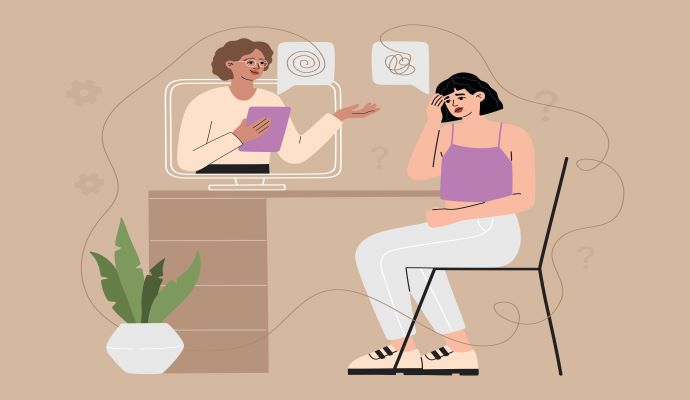With Digital Access, Telemental Health Benefits Youth on Medicaid
Interviews with therapists revealed that telehealth expands access to mental healthcare for youth enrolled in Medicaid, but only if digital barriers are addressed.

Source: Getty Images
- Mental healthcare provided via telehealth can eliminate geographic and other barriers to care for youth enrolled in Medicaid, but only if they have the digital resources necessary for virtual care, according to a study published in the American Journal of Managed Care.
The study aimed to assess the factors that hinder and support mental healthcare access when services are delivered via synchronous telehealth to young Medicaid beneficiaries. Researchers conducted qualitative interviews with 19 therapists recruited from a large mental healthcare organization serving urban, suburban, and rural communities in Georgia. The interviews were conducted between December 2020 and March 2021.
The therapists provided therapy services to children under 18 enrolled in Medicaid and had worked at the organization for at least two years.
Nearly 90 percent of the participating therapists were women, 73.7 percent were White, and 21.1 percent were Black. All participants had at least ten months of experience delivering telehealth services.
Overall, the study found that when components of digital access are met, telehealth can provide needed flexibility for appointment scheduling and eliminate geographic barriers.
However, digital access is among the most significant barriers to telemental healthcare access among Medicaid-enrolled youth. Digital access barriers include lack of access to the internet, poor cellular phone service/coverage, limited access to technology hardware and software, and limitations in technological literacy.
The study participants said that strategies that could help break down this barrier include local internet companies providing free internet services and schools offering free hotspot devices.
Additionally, two therapists stated that school-provided Chromebooks or computers could help facilitate the technology access needed for telehealth.
Another barrier was the cultural acceptability of services. For this study, researchers defined acceptability as “the youth’s reaction to or attitudes about telemental health services.” Some therapists noted that their patients preferred in-person care because they disliked or were bored with telehealth. But, others stated that their patients, especially teenagers, preferred telehealth services.
“A finding that merits further exploration was that telemental health has potential to reduce the stigma associated with seeking mental health care for some youth when services are available in the privacy of their own home vs more public settings such as a school or clinic,” researchers wrote.
If these barriers are overcome, telemental healthcare proves beneficial for Medicaid-enrolled youth.
Most participants said telehealth eliminated the need for transportation and distance as barriers to care access among Medicaid-enrolled youth. Not only that, but telehealth also made appointment scheduling more manageable for caregivers. This offers numerous advantages, including making last-minute scheduling adjustments and scheduling crisis intervention appointments.
Thus, “continued investment in broadband infrastructures along with flexible reimbursement policies that allow for multiple modalities (phone, video, in-person) to be offered at various settings including home or school will help enhance equitable access to MH [mental health] service among lower-income youth,” the researchers concluded.
This research comes amid an ongoing youth mental health crisis in America. Telehealth has emerged as a critical tool in addressing youth mental health needs nationwide.
One study shows that telemental health service utilization among pediatric patients in August 2022 was 2,300 percent higher than pre-pandemic levels.
Published last month, the research focused on pediatric mental health service utilization and spending rates from January 2019 through August 2022.
The study shows that from January 2019 to August 2022, overall mental health service utilization among youth increased by 21.7 percent, and spending rates increased by 26.1 percent. Between March 13 and December 17, 2020, telehealth services skyrocketed 3,027 percent, a 30-fold increase, versus pre-pandemic utilization.
However, by August 2022, telehealth-based pediatric mental health utilization was 2,300 percent higher than pre-pandemic levels, and in-person services had returned to 75 percent of pre-pandemic levels.
